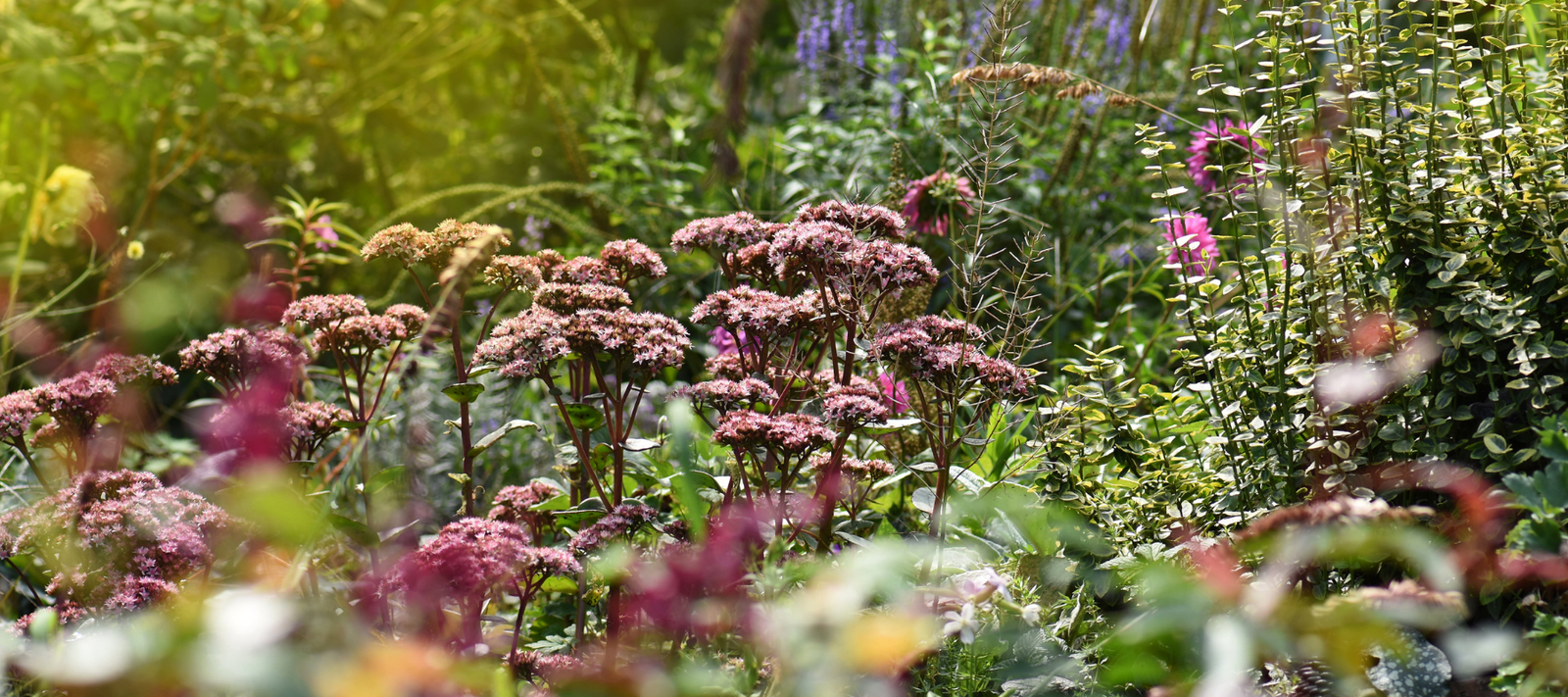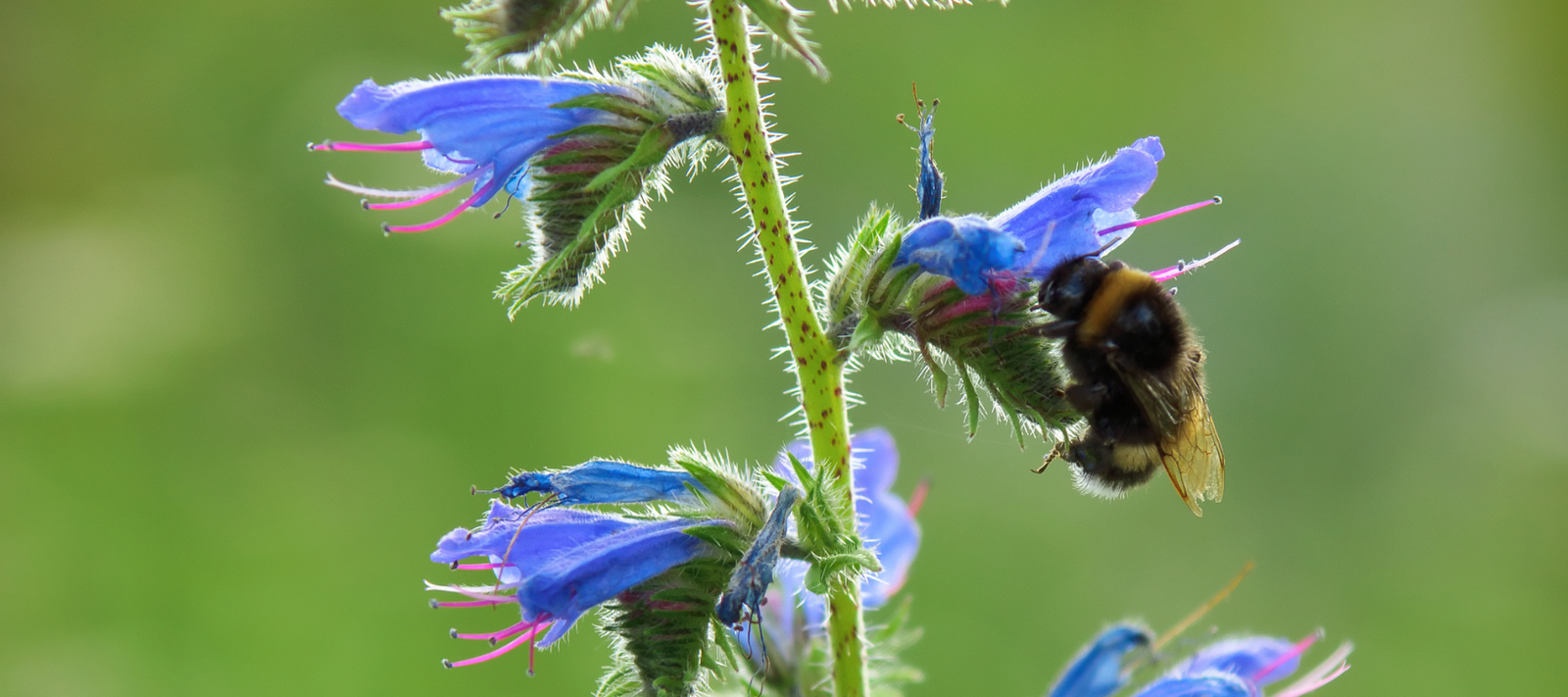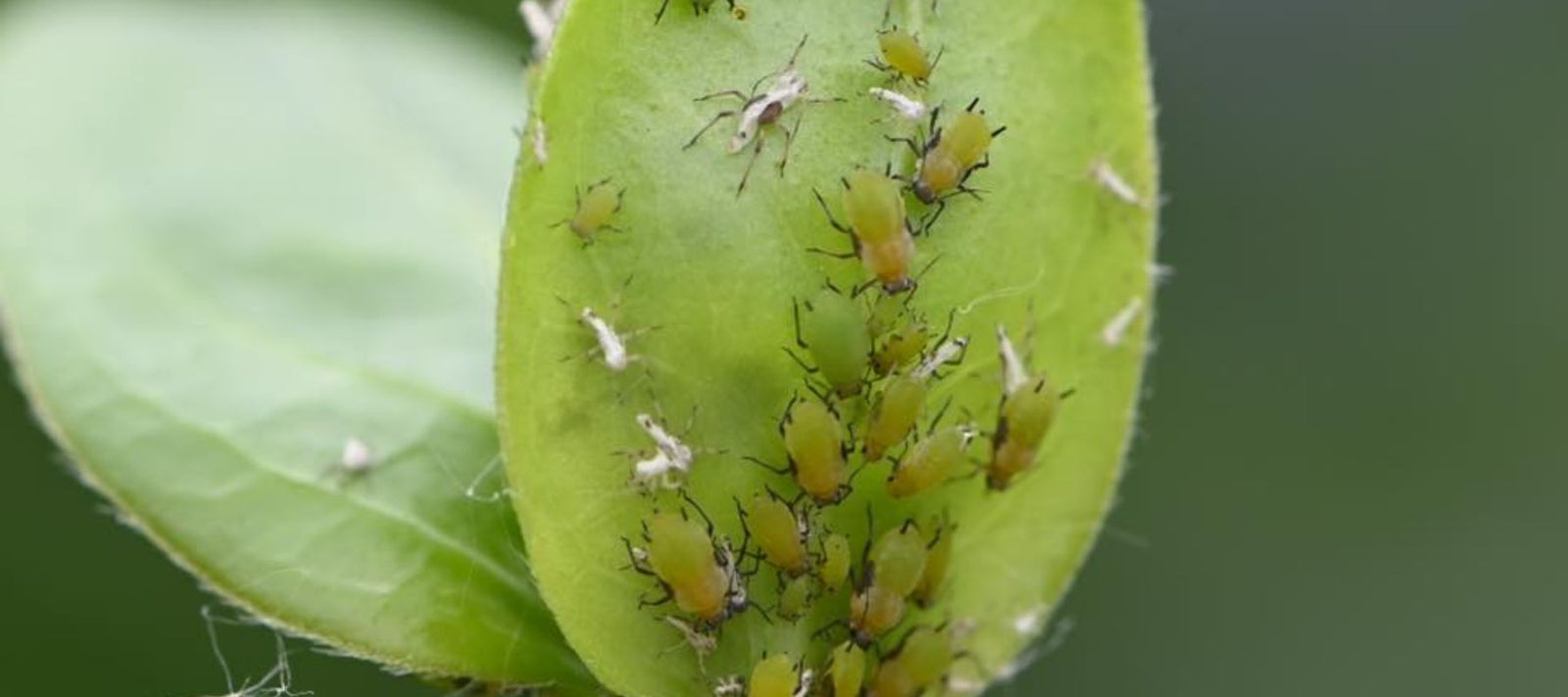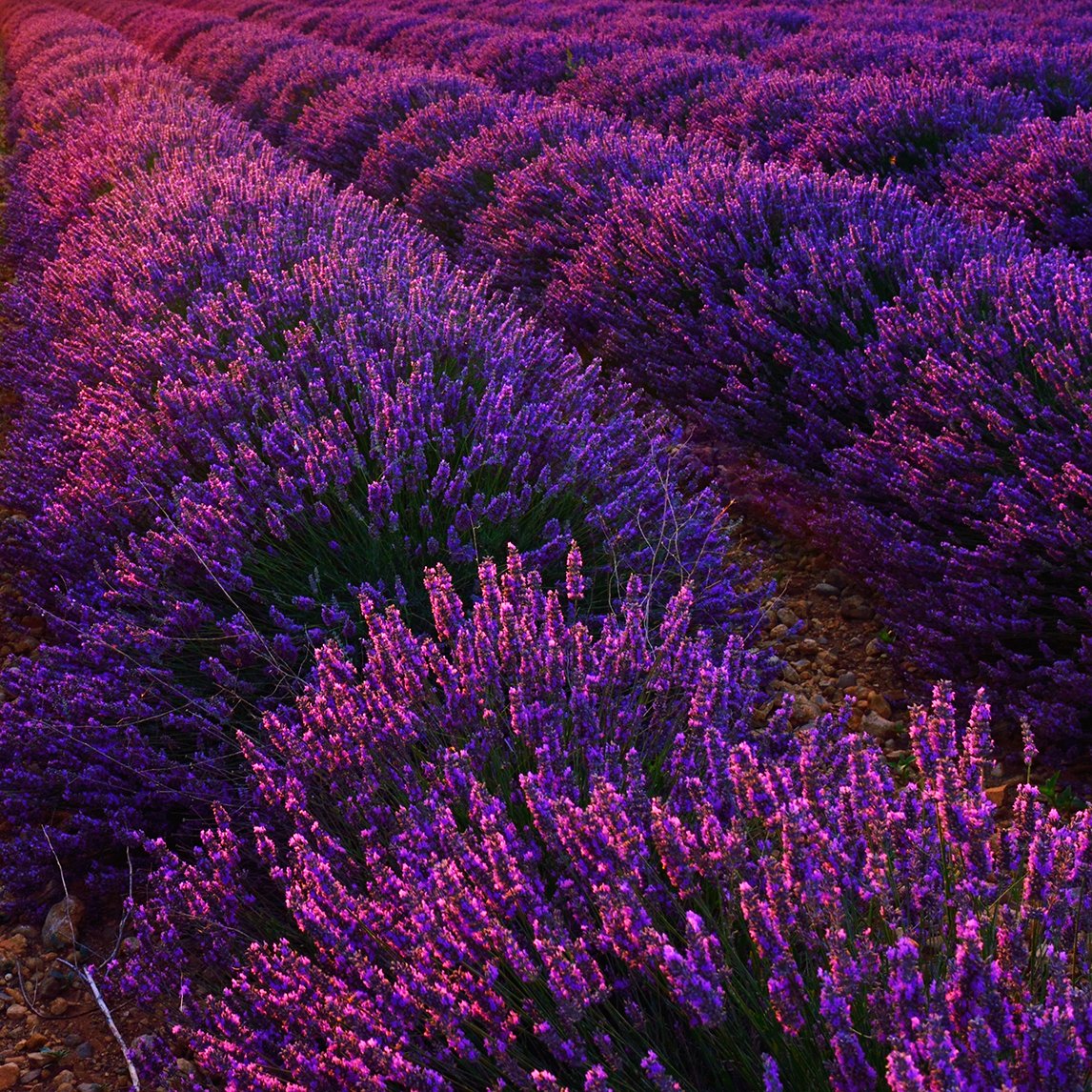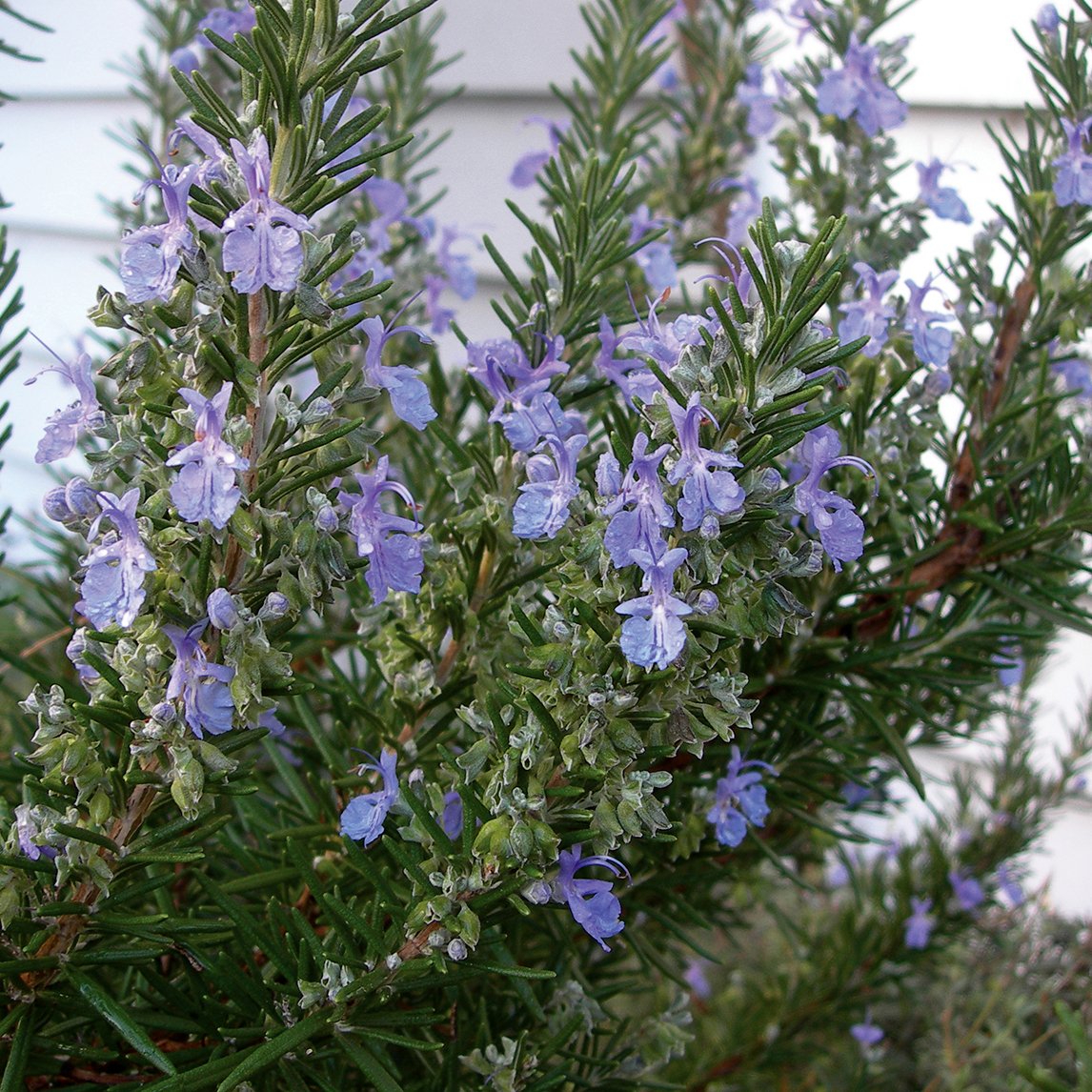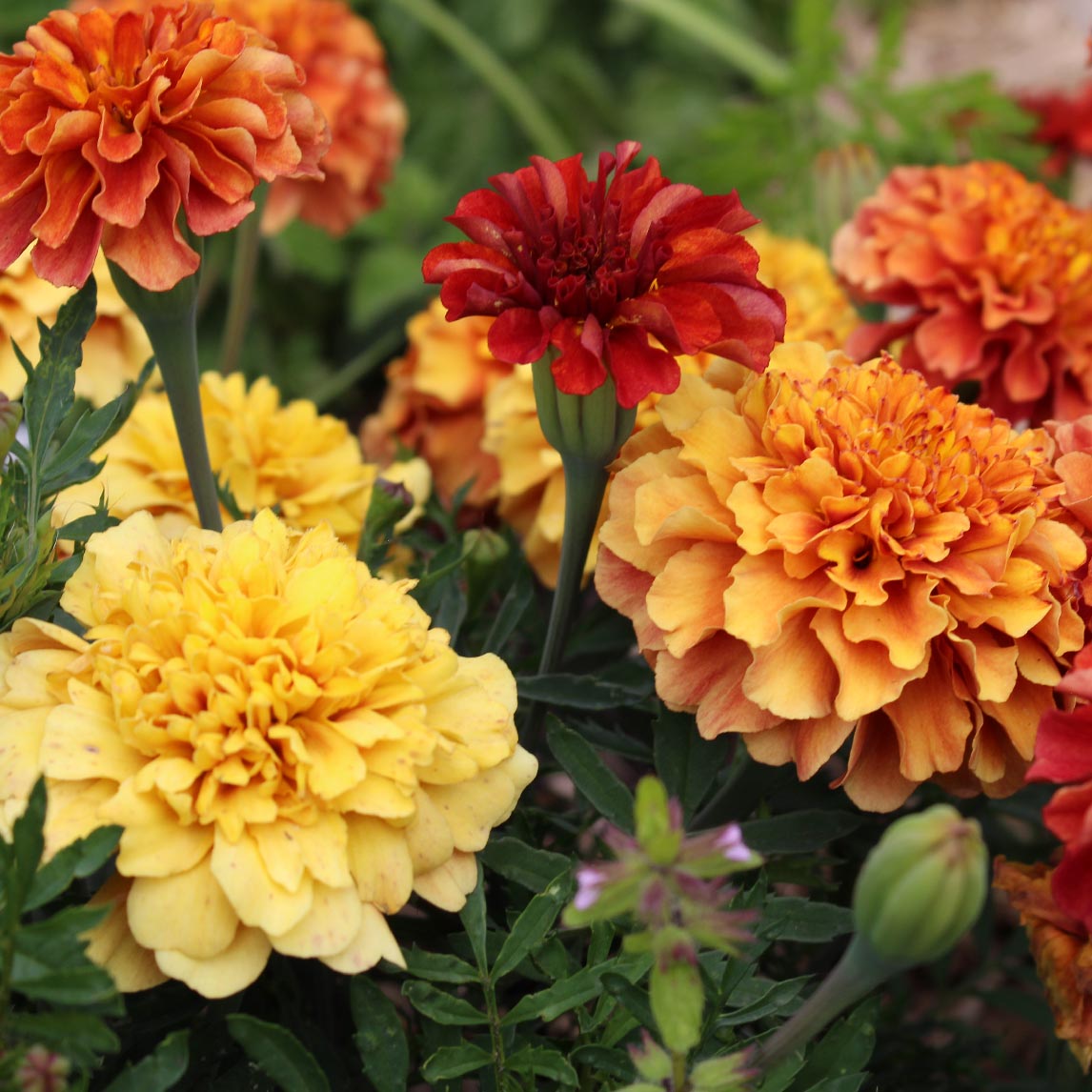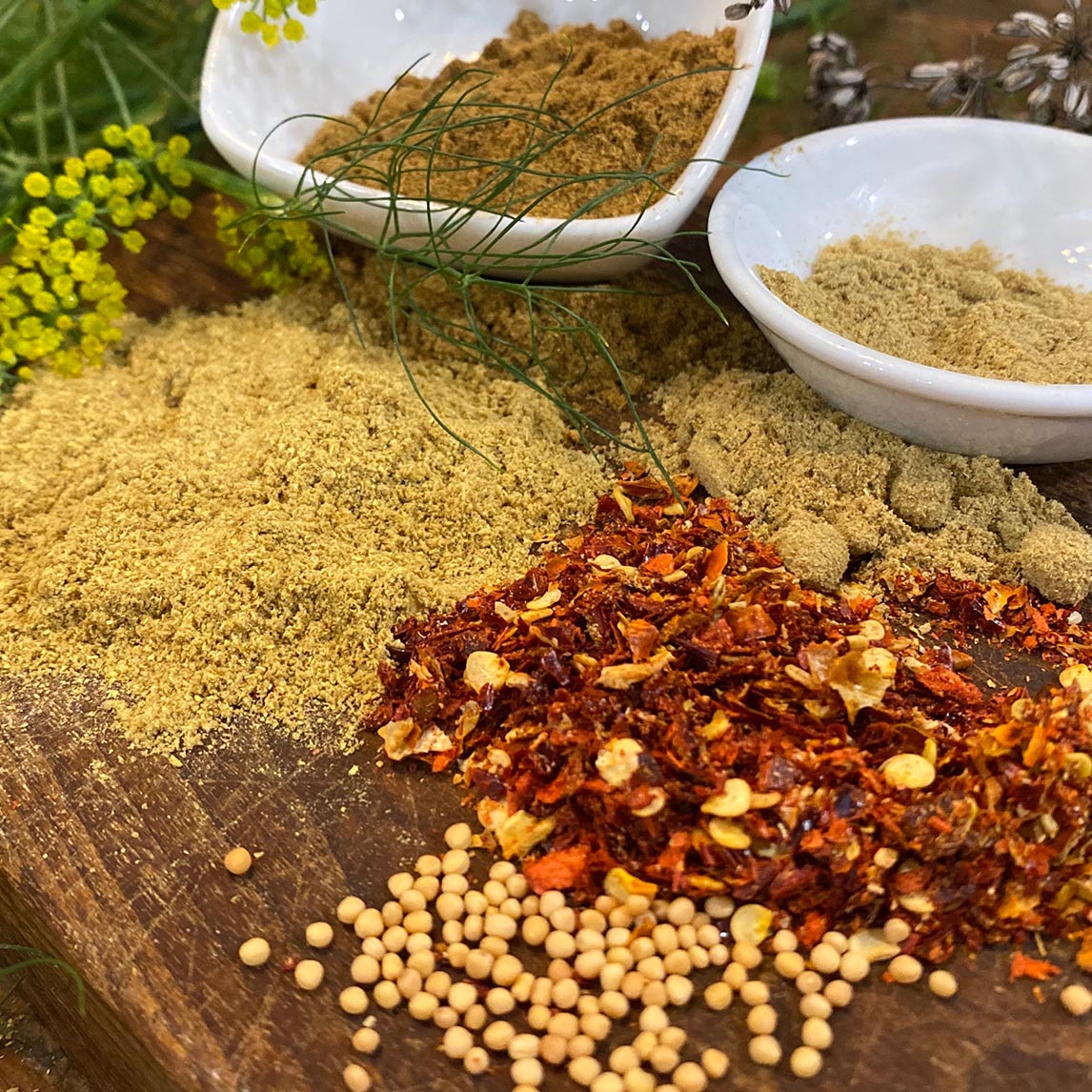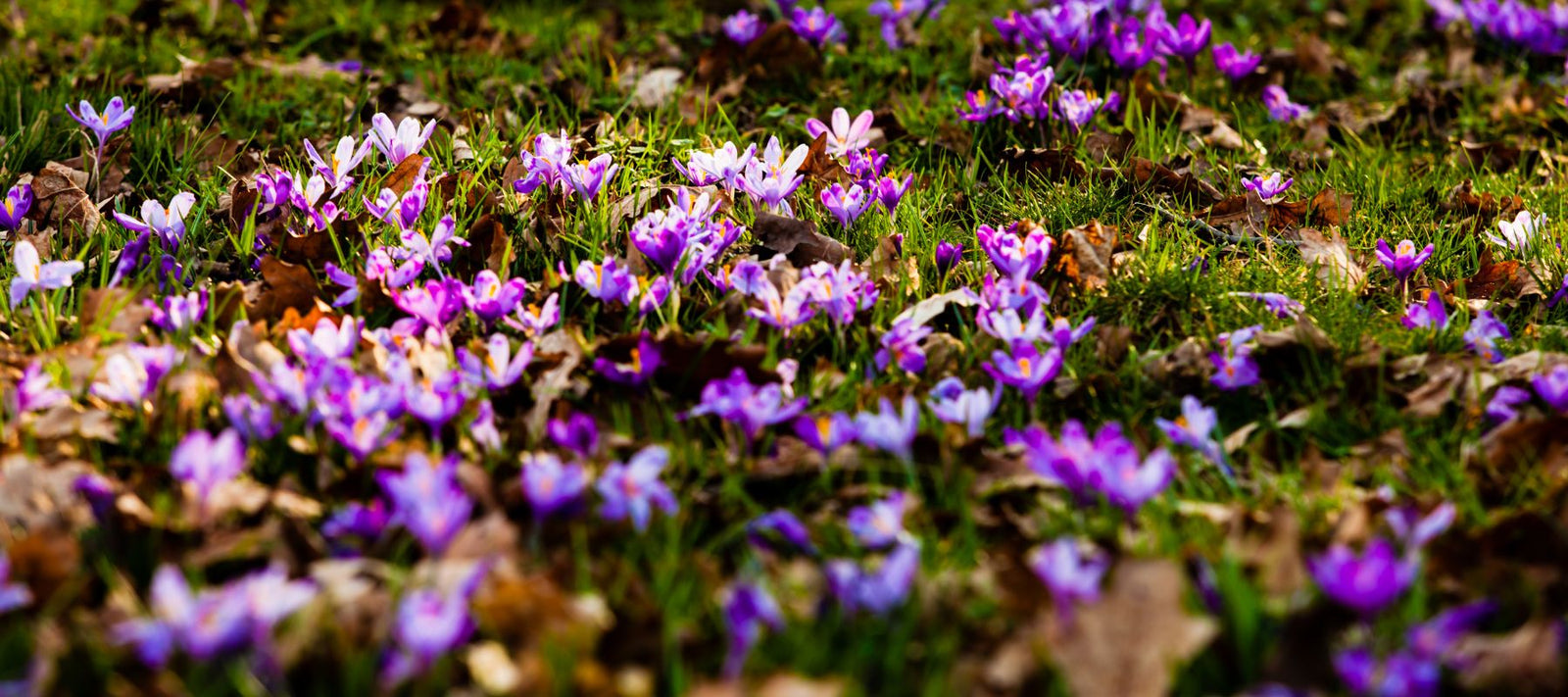
Saffron Crocus (Crocus sativus)
Saffron flowers are always a happy surprise when they open in late Autumn. The saffron crocus flower is small but stunning, with delicate purple-veined lilac petals, and in the centre, they display stunningly bright orange-red stigmas. These purple flowers are not only prized for their beauty but for the valuable spice they produce. Often compared to being as precious as gold, Saffron crocus is considered to be the world's most expensive spice. One purple flower produces three stigmas at a time and it takes about 50 to 60 saffron flowers to produce just one tablespoon of saffron spice.
Saffron has been used as a dye and edible spice since ancient times, it has a strong exotic aroma, and a bitter taste and is used to colour and flavour. The stigma and styles, called threads, are collected soon after the flowers open and are then dried to be used throughout the year. Traditionally, saffron crocus symbolises joy, happiness, and new beginnings in many cultures around the world.
How to Grow Saffron Crocus
Saffron Crocus (Crocus sativus) grows best in cool, temperate and arid regions in Australia. These perennial plants thrive in a climate zone with cold winters, making them ideal for these weather zones. Unfortunately, bulbs are unlikely to flower in subtropical and tropical climates.
When to plant saffron
For best results, plant in late summer when the saffron corms are dormant for flowering in late autumn.
Size of the corm
When choosing your saffron crocus corms for planting, it is ideal that the corms are at least 8-10mm in diameter. However, if you can obtain larger corms, it is more likely to result in multiple blooms. If you can access only smaller ones, you may have to wait a year or two for a decent flowering.

Where to plant
Saffron Crocus like the sun so choose a sunny spot with at least 6 hours of full sun each day. Saffron prefers deep, well-drained soil. Ensure the soil is weed-free and add some compost a couple of weeks before planting the corms.
Container growing
You can grow your saffron corms in large containers - choose a good size pot for the amount of bulbs you want to put in and make sure there are plenty of drainage holes. Use a high-quality organic potting mix.
Planting the corms
Plant the corms in late summer or early fall for flowering in late autumn. Space individual corms 10 cm to 15 cm apart and plant them 10cm deep with the pointed tip facing upwards. Water in well after planting and keep the soil moist, but not wet, until shoots emerge. Poor drainage can cause corms to rot.
Fertilising
If your soil has been enriched with compost, additional fertiliser will not be necessary. You can, however, fertilise with an organic liquid fertiliser in the growing season to build up the size of the bulbs.
After flowering, fertilise plants with blood and bone or palletised fertiliserand allow the foliage to die down naturally.
Watering
Saffron crocus plants may need watering during the growing season. Water when the soil is dry about 5 cm below the surface. Water deeply in the early morning or late afternoon. Adding a layer of straw or mulch will suppress weeds while keeping the soil moisture levels just right.
Care and maintenance
If they are happy in their position, saffron bulbs will naturalise and will require minimal maintenance. In the growing season, deadhead flowers regularly encourage more energy directed into the bulb rather than in the production of seed.
Leave the foliage to die down naturally after flowering; the bulb will absorb the nutrients in the leaves and use them to form the flowers for the next season. Once the foliage has died down, cut the leaves off at ground level.
Crocus corms can remain in the ground for several years without lifting. Mulch heavily in the summer months to protect them from hot temperatures. Saffron crocus bulbs can remain in the ground for several years without the need to lift and divide them. Bulbs can be lifted in areas that experience wet summers, if they become overcrowded or to move them to a different location in the garden.
If you wish to lift saffron crocus bulbs, use a garden fork to lift the bulbs from the soil, taking care not to damage them. Prune off any dead leaves still attached to the bulb. Store saffron bulbs in a cool, dry place on a wire rack or in a bag that allows good airflow.
Bulbs can be replanted the following season.
Common Problems when Growing Saffron crocus
Crocus aren’t bothered by many pests and fungal diseases, but keep an eye out for the following:
Aphids: Pesky aphids can congregate on the new shoots or the undersides of leaves. To manage aphids, remove them by spraying with a garden hose, apply a soap or alcohol spray, or encourage predatory insects to your garden bed.
Rotten bulbs or corms: Root rot in saffron is usually caused by poor drainage. Make sure your soil is free-draining and try not to water while dormant.
Slugs and snails: These garden pests like nibbling on the new shoots. Keep these in check by removing their hiding places, collecting them by torchlight, placing traps or using organic snail bait.
Rodents: rodents can dig up saffron corms and eat them, to avoid this place wire or mesh netting over the planting area or plant them in raised beds or containers.
How to Harvest and Store Saffron
Three stigmas are borne in the centre of each purple, cup-shaped bloom. The best time to harvest the stigmas is mid-morning on a sunny day when the flowers have fully opened and are still fresh. Carefully pluck the long crimson stigmas from the flowers with your fingers or use a pair of tweezers, then dry them. Allow threads to dry in a partial shade area for 4-5 days, then store them in an air-tight container, in a dark place for a couple of years.

How to Use Saffron
The dried saffron threads should be soaked for some time before using them. Steep the threads in hot liquid (water, broth, or milk, depending on the recipe) for about 20 minutes. Add both the threads and the steeping liquid early in the cooking or baking process, and the threads will continue to release their colour and flavour.
Attracting Bees
Bees adore saffron. Another reason to grow this gorgeous little plant. Bees are particularly drawn to their purple petals and bright red stigmas, which provide a valuable late-season food source.
Blooming in autumn, when many other flowers have faded, saffron crocus offers bees a crucial opportunity to gather nectar and pollen, helping them store energy for the coming winter period. The bold colour and distinct scent of the flowers attract bees, ensuring the plant's pollination while supporting the health and survival of local bee populations.

Here are more tips on how to grow saffron crocus successfully:
Companion planting: Plant saffron crocus near lavender or rosemary. These drought-tolerant companions deter pests naturally and share similar water and sunlight needs. Shop more of our companion planting collections here.
Plant in raised garden beds: This improves drainage, keeps the corms warmer, and makes it easier to control soil conditions, especially in regions with heavy rainfall.
Dig up and divide: Do this every 3-4 years after flowering. This prevents overcrowding, promotes better blooms, and reduces the risk of disease buildup in the soil.
Growing saffron crocus is surprisingly easy for any home gardener, even for beginners. Cultivating this exotic spice at home is both rewarding and manageable, offering a beautiful addition to your own garden.



